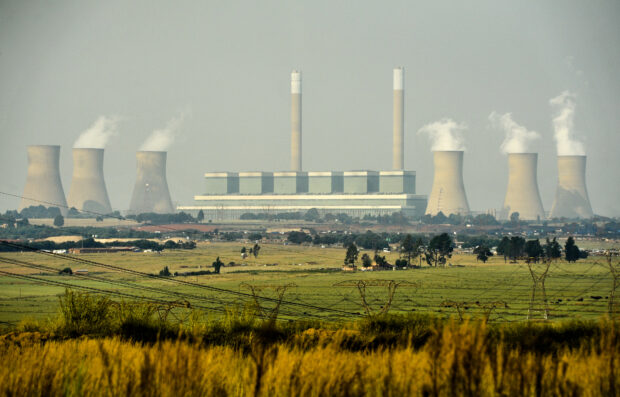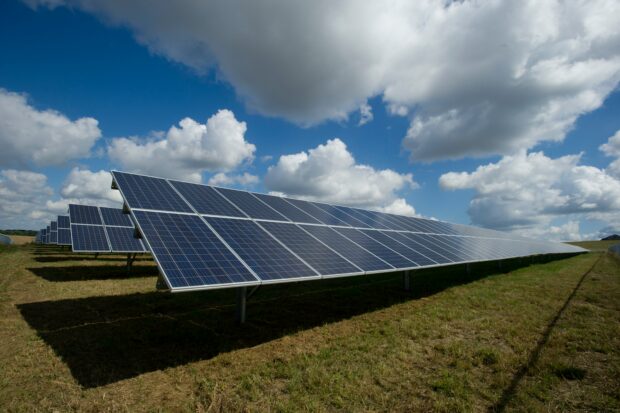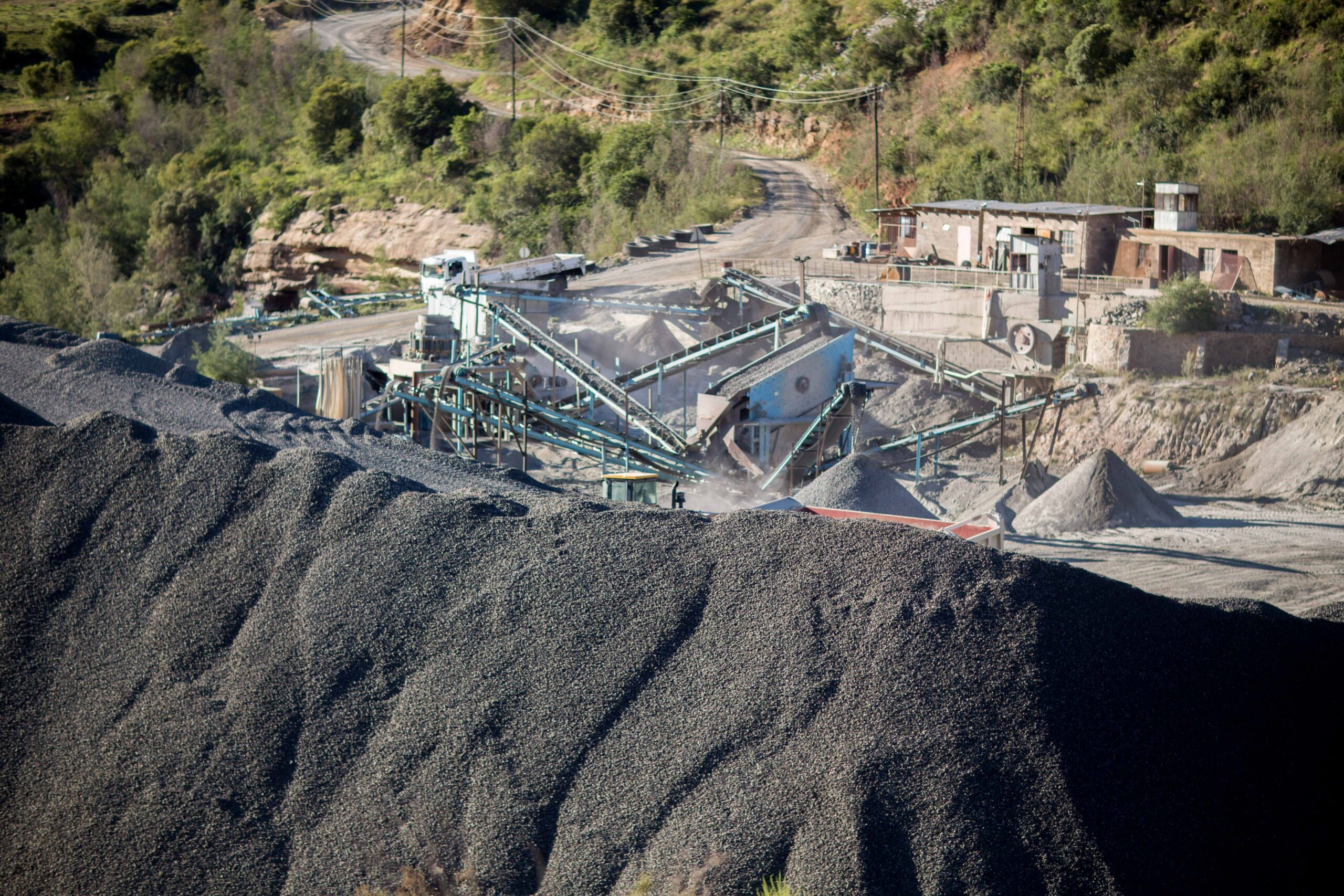Eskom: Green energy saves water
With the 28th UN Climate Change Conference currently underway in Dubai, there’s a renewed focus on South Africa’s carbon dioxide emissions. The reality is that we will almost certainly be missing our 2030 carbon emissions targets under the Paris Climate Agreement.
Although there are few who remain ignorant regarding the environmental damage caused by using fossil fuels, there are other ramifications that do not receive as much spotlight. For example, we tend to forget that generating electricity from fossil fuels is a water-intensive process and that Eskom could also save a significant amount of water by shifting to green energy sources, over and above the other advantages that are more commonly discussed.
The increased impact of global warming on southern Africa and the ongoing effects of the El Niño phenomenon serve as a stark reminder of what the Department of Water and Sanitation predicted in the 2018 National Water and Sanitation Master Plan: there will be a water supply shortage of 17% by 2030, if the necessary investments in infrastructure, so as to increase capacity, are not made.
It’s important to understand that “water shortage” doesn’t mean that South Africa will run out of water by 2030, even though it’s an arid country severely impacted by global warming. However, we will certainly be feeling the effects of a water deficit. According to water experts, the scarcity issue relates mainly to our growing population, water mismanagement, over-consumption, and our ever-deteriorating water infrastructure. From an economic point of view, it is obviously more cost-effective to use the water that is in close proximity, instead of using faraway water sources that cost a lot of money to reach us. Therefore, we need to ensure that we have the necessary infrastructure to do so.
The biggest culprit
Currently, South Africa’s power utility (Eskom) uses three main sources of energy for electricity generation: coal, nuclear and hydro. Coal-fired power stations account for the largest proportion of generation capacity and coal generation requires large volumes of water for cooling purposes. Similarly, nuclear power relies heavily on the use of water. The Nuclear Energy Institute estimates that, per megawatt-hour, a nuclear power reactor consumes between 1,514 and 2,725 litres of water.
The power utility’s water consumption – although much, much less than agriculture – makes it one of the single biggest consumers of water in South Africa, accounting for almost 2% of the country’s total consumption.
On the contrary, green energy can help to make trillions more litres of water available each year. Wind and solar-generated electricity need little water to operate, beyond an occasional cleaning of blades or panes.

Eskom’s water consumption – although much, much less than agriculture – makes it one of the single biggest consumers of water in South Africa – Credit: RAPPORT / LAUREN MULLIGAN
According to Professor Mike Muller, water expert and former Director General at the Department of Water and Sanitation, desalination plants will soon become an essential source of water for big cities along the coast. However, this is not a cheap option.
“The reason it hasn’t happened before is because desalination uses a lot of energy, and the energy costs are high. As energy costs go down, we will see more water being desalinated along the coast,” Muller says.
When this happens, coastal cities will no longer have a water supply problem. “They will have to install a lot of renewable energy, but that will help to deal with water shortage[s].”
But he warns there’s also a downside to lower energy costs. “In other countries, one of the problems with green energy being cheaper is that groundwater becomes cheaper to pump. At the moment, farmers have to pay to pump water out from underground, and there’s a limit to how much they can afford.
“As the energy gets cheaper, like when they use solar power, they can afford to pump more and more from underground. In other countries, what’s resulted is that groundwater has been heavily overused because it’s now easier and cheaper for the farmers to pump water. So, solar power can actually cause damage to the water supply!”

Wind and solar-generated electricity need little water to operate beyond an occasional wash of turbine blades or panes – Credit: UNSPLASH.COM
Not all doom and gloom
Eskom is fully aware of its water conservation responsibilities and has been working actively to bring down its water consumption – even before green energy was in the picture.
The Water Research Commission (WRC) reported in 2021 that Eskom has taken a proactive stance in its efforts to conserve water, sometimes even pre-empting new legislation for implementing effective water use practices. The entity has put in place systems to recover, recycle, and reuse water in many ways, particularly for cooling, at its coal-fired stations.
Its large, new, coal-fired power stations (Medupi and Kusile) use “dry cooling” technologies, which substantially reduce water use. According to the WRC report, the water consumption of South Africa’s dry-cooled power plants is among the lowest in the world.

Eskom could also save a significant amount of water by shifting to green energy sources. – Credit: UNSPLASH.COM
But, according to Muller, Eskom’s water efficiency (the amount of water used to generate one unit of energy) has been decreasing steadily over recent years.
There is a “trade-off” between carbon emissions and water use, says Muller. Dry cooling technology can reduce water demand, but air is less efficient as a coolant than water, which means more electricity and greater carbon emissions per megawatt hour of electricity generated.
It’s a complex situation, but one thing is certain: we can’t keep the lights on and not tighten the taps.
Related Articles
The bad reason South Africa is making good on emissions targets
If current carbon emission trends continue, South Africa might actually be on track to meet its 2030 emissions targets under the Paris Agreement. This is according to research done by the Department of Forestry, Fisheries and the Environment (DFFE). And the reason for this? Mostly load shedding. The data was revealed in the DFFE’s 2023 […]
The false promise of ‘clean’ coal in South Africa
Even using the cleanest technology available, coal’s severe environmental, health and climate consequences remain unavoidable.




